U.S. Prepares Additional Sanctions on Russia, Seeks ‘Secondary Tariffs’ in Tandem with Europe
Input
Changed
“Europe buys $1.1 billion worth of Russian crude annually” claim “China aiding Russia must also face economic sanctions” emphasis U.S.-EU high-level meeting on Russia sanctions in preparation
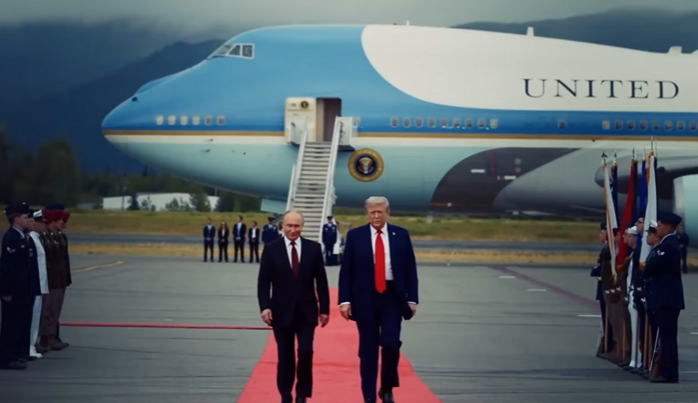
U.S. President Donald Trump has signaled the prospect of additional sanctions on Russia. With negotiations to end the war in Ukraine stalled, the possibility is rising that Washington will coordinate with the European Union (EU) to implement “secondary tariffs” targeting not only Russia but also countries such as China that import Russian energy. Although Trump had repeatedly hinted at tougher measures following Moscow’s invasion of Ukraine, he had prioritized diplomatic engagement, delaying concrete action. Yet with the conflict now dragging into its fourth year and his summit with President Putin yielding no breakthrough, Washington is shifting toward a more hardline posture.
Trump: “Preparing Second-Stage Sanctions on Russia”
On the 7th (local time), before departing the White House for New York to attend the men’s final at the U.S. Open, Trump was asked by reporters if the U.S. was ready to enforce a second stage of sanctions on Russia. He replied, “Yeah, I am.” While he did not provide details, his remarks were interpreted as the first explicit confirmation of intent to escalate sanctions since taking office.
Trump has recently reversed his early conciliatory approach toward Moscow, ramping up pressure instead. On July 14, he warned that unless Russia agreed to a ceasefire with Ukraine within 50 days, the U.S. would impose “punishing tariffs” amounting to 100% on Russia and on nations purchasing Russian crude and raw materials. Accordingly, from late last month, Washington began levying a total 50% tariff on India, a major buyer of Russian oil—adding 25% to the existing 25% reciprocal tariff—as the first phase of secondary sanctions. Now, expectations are mounting that the administration may escalate to direct tariffs on Russia itself while penalizing other countries buying Russian commodities.
On the same day, Treasury Secretary Scott Besant suggested in an NBC interview that Washington could pursue secondary sanctions in coordination with Europe. “We are prepared to tighten pressure on Russia,” he said, noting that “this is a contest between how long Ukraine’s forces can endure and how long Russia’s economy can withstand the strain.” He predicted that if the U.S. and EU moved forward with secondary tariffs on countries purchasing Russian oil, “the Russian economy will collapse entirely, and that will bring President Putin back to the negotiating table.”
Trump Urges European Leaders to Halt Russian Oil Purchases
Trump’s signal of a second sanctions phase came shortly after Chinese President Xi Jinping hosted Putin and North Korean leader Kim Jong Un at lavish World War II Victory Day commemorations in Beijing, underscoring a tightening anti-U.S., anti-Western alignment. While Trump is pushing for a Russia-Ukraine summit to negotiate an end to the war, Moscow continues to launch major airstrikes on Kyiv and remains unresponsive, while the consolidation of the China-Russia-North Korea bloc presents a further challenge.
At a meeting with the Polish president the previous day, Trump again hinted at harsher measures, saying that “we haven’t even done stage two or three (sanctions) yet.” He added, “Whatever decision Putin makes, we may be satisfied with it or we may not. If we are not satisfied, you will see what happens.”
According to the White House, on September 4 Trump told European leaders of the “Coalition of the Willing” during a call that purchases of Russian crude must cease immediately, arguing that such trade was funding Moscow’s war effort. He claimed Russia sold the EU $1.1 billion worth of oil annually. Trump also stressed that China, by supporting Russia’s war financing, must be subjected to economic pressure as well.
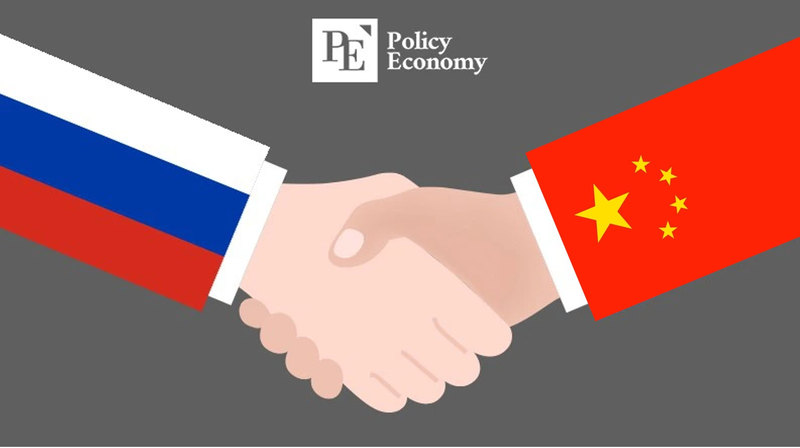
Energy as the Nexus of Closer Sino-Russian Ties—Turning Point for U.S.-EU Sanctions Strategy
In reality, energy is the binding agent reinforcing the Sino-Russian partnership. Following a summit earlier this month, Russian state gas company Gazprom announced a legally binding deal to construct the “Power of Siberia 2” pipeline through Mongolia into China, with an agreement to supply 500 billion cubic meters of natural gas annually for 30 years. While pricing remains unresolved, Beijing’s willingness to proceed—after years of hesitancy—signals a potential deepening of cooperation.
India, too, has confirmed it will continue buying Russian oil despite Washington’s punitive tariffs. Currently, one-third of Russia’s crude exports still flow to India. Although the three countries face considerable hurdles in forging economic integration, some analysts note that resistance to Trump’s tariff policy could be pushing them closer to such a possibility.
In response, Washington is moving quickly to coordinate sanctions with Europe. According to AP, EU envoy David O’Sullivan will lead a senior delegation to the U.S. Treasury on the 9th to discuss additional measures with Secretary Besant and other American officials. The White House, State Department, and U.S. Trade Representative (USTR) will also participate, while the EU side will include officials from energy, sanctions, financial services, and trade portfolios. Earlier, on the 5th, Vice President J.D. Vance held talks with European Commission President Ursula von der Leyen, followed by further discussions with Secretary Besant on the 6th.
Still, while China remains Russia’s largest energy customer, it is uncertain whether Washington will immediately impose secondary tariffs directly on Beijing. Some diplomats suggest the U.S. may instead prefer to leverage European partners to increase pressure on China and India. As a result, policymakers are watching closely how the energy and diplomatic landscape among Europe, Russia, and China evolves in the coming months.

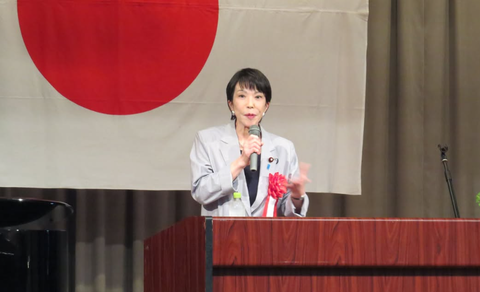
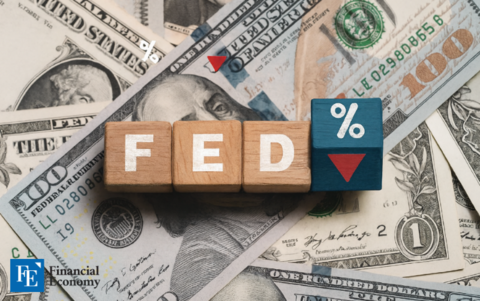

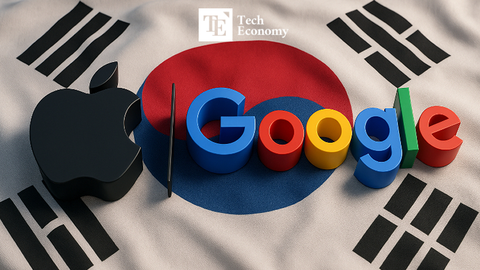
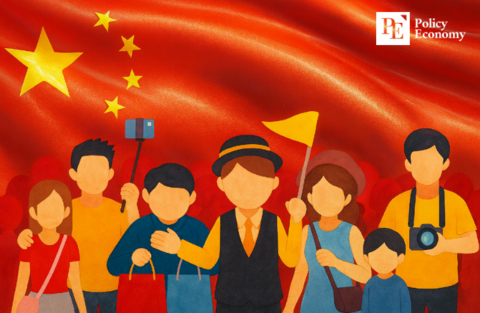

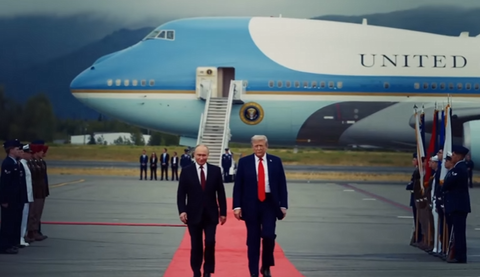
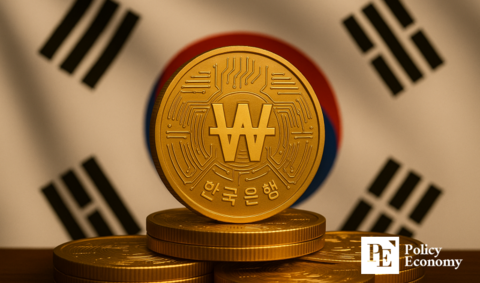
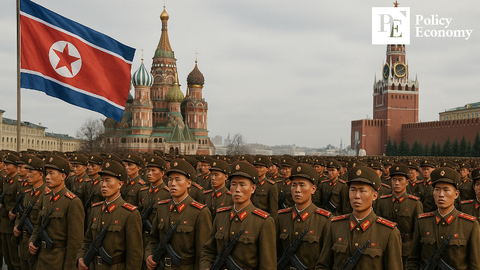












Comment